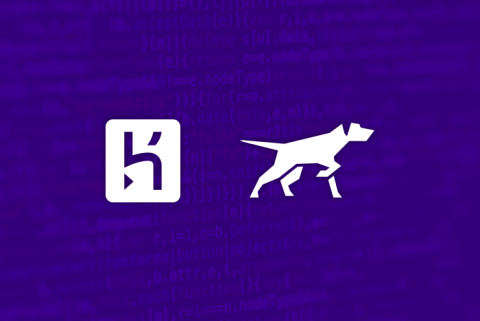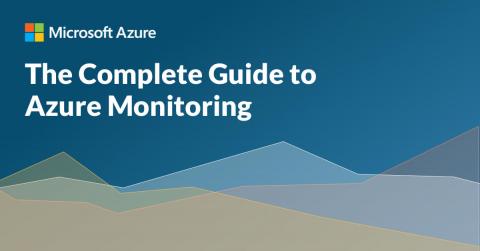How to improve AWS Lambda Cold Start performance
One of the great promises of serverless has always been that it would free developers to focus on writing code without having to give too much consideration to the underlying infrastructure. But the advantages presented by the instantly, infinitely scalable nature of serverless come with limitations and unique considerations that you need to take into account.










